-
About Us
button

Dabur India Limited is a leading Indian consumer goods company with interests in Hair Care, Oral Care, Health Care, Skin Care, Home Care and Food & Beverages.
-
Our Brands
button

Dabur presents a range of Herbal & Ayurvedic Personal Care products, created to make you look and feel good. Bringing together the gentle touch of nature and Ayurveda's wisdom .
-
Investors
button

Read our recent and archived releases, quarterly results, annual reports and financial statements. Initiatives Investor Centre.
-
Newsroom
button

Welcome to Dabur Media Centre. In this section, you’ll find our latest Press Releases arranged in a chronological order. The Press Releases have been further
-
Ayurveda & you
button

Our curated Collection of Ayurvedic knowledge for you. We at Dabur are working towards helping people lead a healthy and balanced life.
-
Sustainability
button

Dabur has been engaged in community development activities since 1994 and is committed to making a positive contribution to the communities where we source, live, work and sell our products.
-
Join Us
button

At Dabur, we are very passionate about winning and this has been engrained in DNA of the organization.
-
Support
button
- Home > Ayurveda & you > Ayurveda & Science > Ayurvedic & Medicinal Plants
Ayurveda and Science
Badi Elaichi/बडी इलायची/Amomum Subulatum/Greater Cardamom/Vrihat Ela
AYURVEDIC & MEDICINAL PLANTS
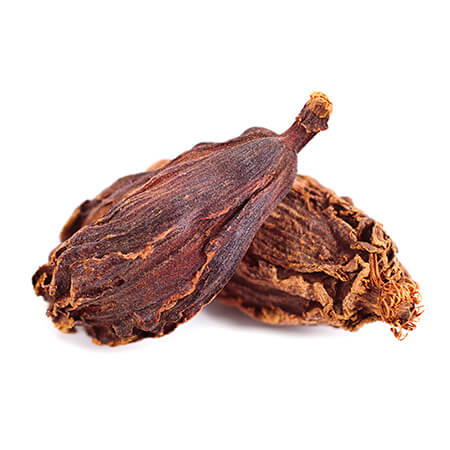
A spicy, cardamom-like fruit follows these,
A clustering ginger with stems growing up to 5ft tall. Leaves are found on the upper portion of the stem. This is an evergreen plant with the old stems dying down after a few years. The rhizomes are a dull red in color. Flower buds appear in spring from the base of the rhizome. The peduncle is short and the buds encased in tight red bracts. Flowers appear from spring through mid summer. Individual flowers stay open for three days and more and new ones open successively. An inflorescence stays in flower for over a month..
Badi Elaichi Medicinal Uses
It has been traditionally used as an appetizer, a digestant as well as an antispasmodic as recommended by Indian Ayurveda. It stimulates the heart and has also been used as an expectorant. The seeds are also used as constituents of mouthwashes.
Chemical Composition
The seeds contain 3% of an essential oil, which is dominated by 1,8-cineol (more that 70%). Smaller and variable amounts of limonene, terpinene, terpineol, terpinyl acetate and sabinene have also been reported.
Pacifies Vata and Kapha and aggravates Pitta.
Read more about various ailments, it's causes, symptoms, ayurvedic treatments, etc.
Know the story behind other medicinal Ayurvedic ingredients
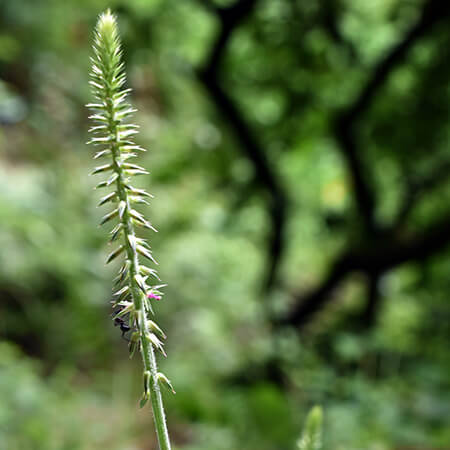
Chirchita
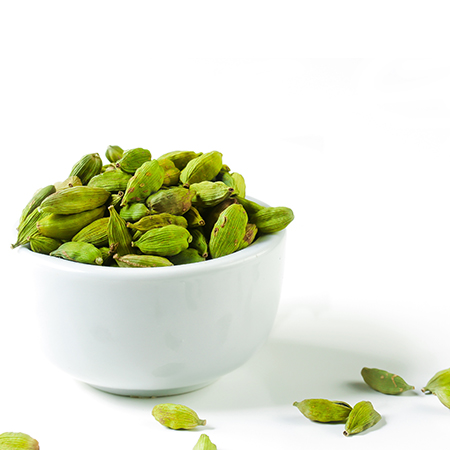
Elaichi
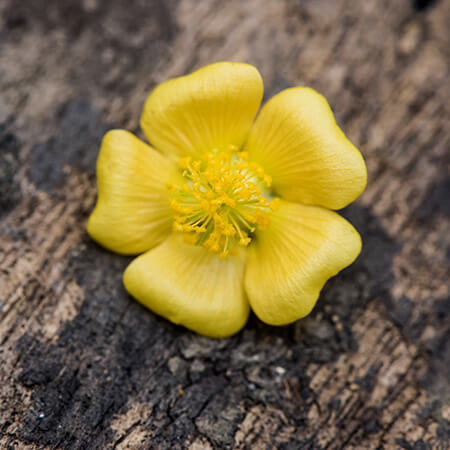
Kanghi
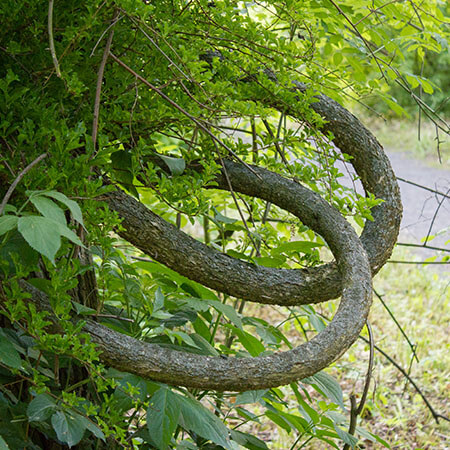
Malkangni




